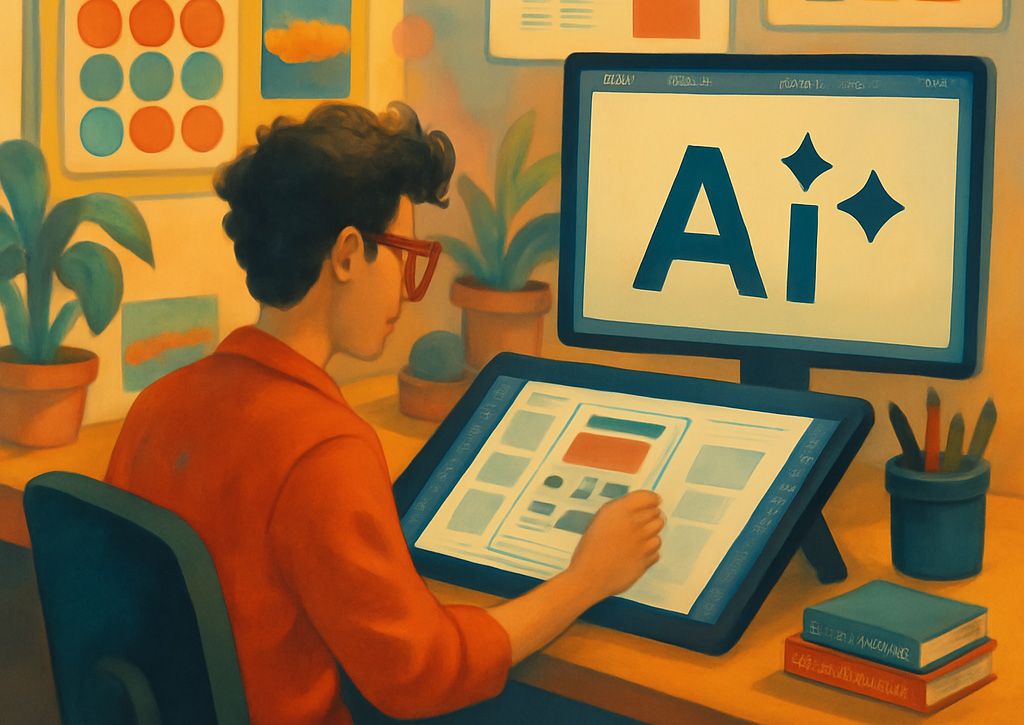That’s where AI tools like Figma AI and Uizard have started to make a difference in my workflow.
My Experience Using AI in Design
Recently, I was working on a mobile onboarding screen. Instead of starting from scratch, I tried typing this into Figma AI:
“Design a welcome screen with dark mode and social login options.”
Within seconds, I had a few layout options to explore. They weren’t perfect, but they gave me a helpful starting point. From there, I refined the layout, adjusted the microcopy, and added my own UX thinking. It saved me hours of setup work—and helped me move faster toward testing.
AI as a Design Partner, Not a Replacement
The biggest lesson I’ve learned is this: AI is not here to replace designers. It’s here to support us.
It’s like having a fast-thinking sketch partner who never gets tired. It helps with the first few drafts, layout ideas, and even basic UX writing. But it’s still the designer—you and me—who brings the meaning, empathy, and user focus into the work.
Prompts You Can Try With AI Tools
UI Layouts
“Design a mobile login screen with dark mode and social login options.”
“Create a desktop dashboard with a sidebar, calendar, and activity feed.”
UI Components
“Generate a user profile card with avatar, name, and follow button.”
“Design a search bar with filter and voice input.”
User Flows
“3-step checkout process for an e-commerce app.”
“Onboarding flow for a language learning app.”
Microcopy Prompts
“Write a friendly tooltip for a ‘Start Chat’ button.”
“Write a message for no search results with a helpful suggestion.”
Final Thought
AI is helping me spend less time setting things up and more time doing what matters thinking deeply about users, goals, and experience. It’s not taking over the creative part, it’s giving me more space to focus on it.
And that’s the future of UX I’m excited about.







